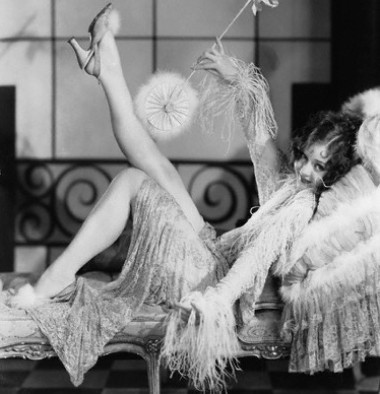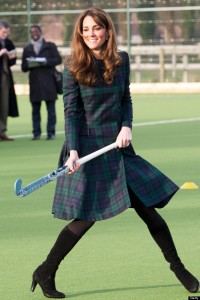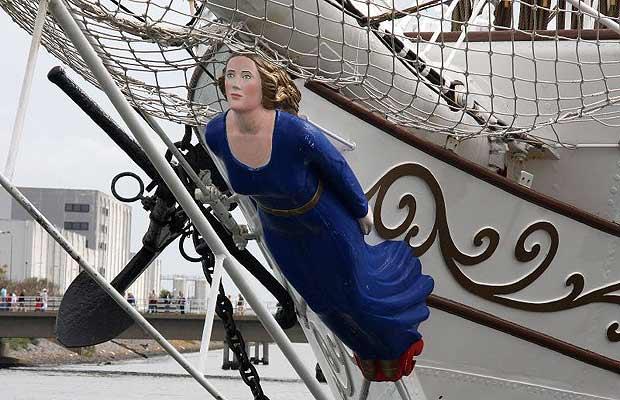
“You’re the cat’s whiskers!” one of my colleagues said to me recently. And I realized I didn’t know exactly what he meant — and it wasn’t an expression I had ever heard said aloud, except in old movies or shows set in the 1920s.
It was during that time that a whole collection of American expressions were coined to mean “an outstanding or excellent person or thing”, with overtones of style, class or newness (thank you Max! — although I’m pretty sure there was a touch of irony in your compliment …). The fad was to use the names of animals, body-parts and clothes in peculiar combinations, such as the flea’s eyebrows, the canary’s tusks, the eel’s ankle, the elephant’s instep, the clam’s garter, the snake’s hips, the kipper’s knickers, the sardine’s whiskers and the pig’s wings. Whereas most of these nonsensical expressions disappeared relatively quickly, three feline-themed terms — “cat’s pajamas”, “cat’s whiskers” and “cat’s miaow” — managed to stick around and they remain in use today, as does the rather charming “bee’s knees”.
As old-fashioned and archaic as they might sound today, these phrases were considered modern, clever and rather daring by the free-spirited flappers of the roaring 20s and the emerging ‘cool cats’ of the jazz age who bandied these words about. (Pajamas, by the way, were a new and fashionable article of clothing in the 1920s and therefore suitably hip for inclusion in this mod lingo.) So popular were these expressions that by the late 1920s, the ‘cat’ ones were sometimes abbreviated to just “it’s the cat’s.” All American by origin, they soon caught on in England as well. The lexicographers William and Mary Morris suggest that the “cat” phrases might have originated earlier than the ’20s, since they were reportedly first heard in girls’ schools and women’s colleges earlier in the century — at which time the terms were considerably risqué.
It’s widely believed that Tad Dorgan, the American sportswriter and cartoonist, first coined all these expressions (especially the cat ones), or at least brought them into popular usage. Dorgan created or popularized a whole “slang vernacular”, introducing into standard English a slew of now common words and phrases such as dumbbell (a stupid person), for crying out loud (an expression of astonishment), hard-boiled (referring to a tough person), and “yes, we have no bananas”, which became the title of a popular song.
I’m guessing that “the bee’s knees”, another such term still in use, endured simply because of its tidy size and tidy rhyme. According to Oxford Dictionaries, it was first recorded in the late 18th century, when it meant “something very small and insignificant”. However, its meaning changed in the 1920s — presumably to match its fellow “animal-body-part” expressions so fashionable at the time — to denote excellence. Some speculate that it derives from a comical mispronunciation of the word business, but there’s no evidence to support this idea. According to the Phrase Finder, another theory is that “bee’s knees” might have been connected to Bee Jackson, a 1920s dancer from New York who was said to have helped to popularize the Charleston by introducing the dance form to Broadway in 1924 (she went on to become a celebrated Charleston champion); “Bee’s knees” must have been fairly impressive. However, the phrase was in use before 1924, so this is also an unlikely scenario.
The British expression “dog’s bollocks”, which is thought to have originated as a printer’s term for the typographical colon dash “:-” (as Eric Partridge noted in his Dictionary of Slang and Unconventional English in 1949), is now widely used in the UK to mean the same as the “cat’s whiskers”. (Here’s another example of animal body-parts, with bollocks being the British slang for testicles.) The OED cites an early example of the canine term being used in the sleeve notes for the cassette tape recording of Peter Brewis’s play The Gambler: “They are of the opinion that, when it comes to Italian opera, Pavarotti is the dog’s bollocks.”





